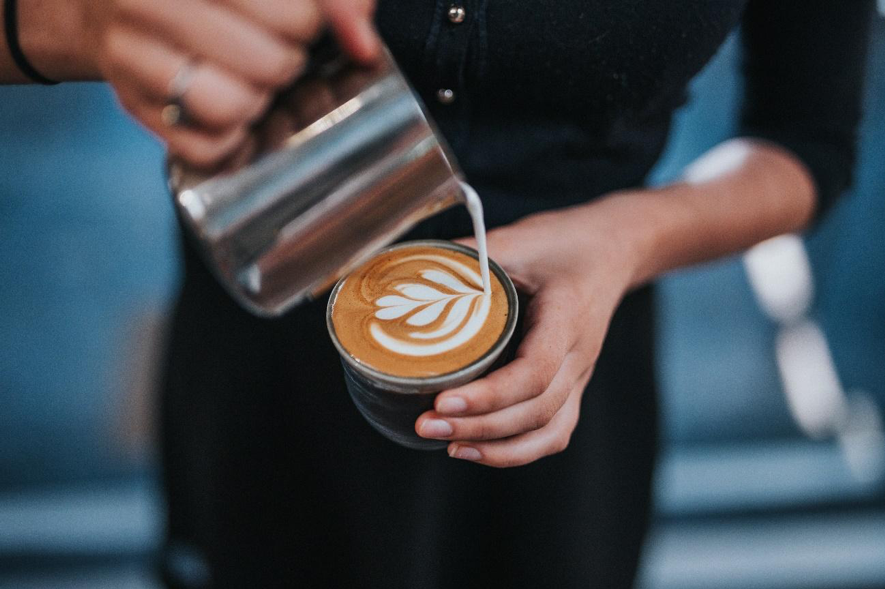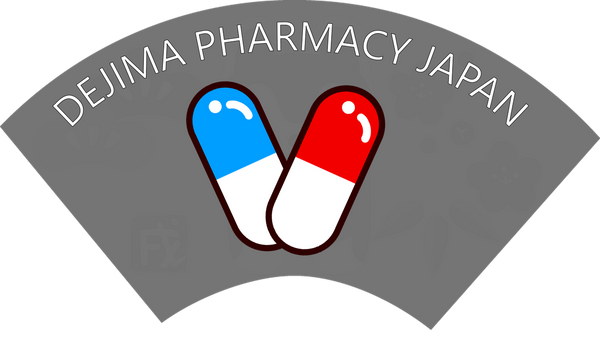
How food and beverage interfere with your medications (1)
Share

We all have taken our prescribed medications with tea and juices, haven’t we. Although we know it is proper to take them with water, we think it may not change the efficacy if it’s a little amount. However, food and beverages interact with our medications more than we can imagine. Sometimes it can be as dangerous as fatal side effects, decreases efficacy, or ends up wasting expensive medicines.
Bad condition you are suffering, in fact, is a result of intake interaction
It seems like the condition is getting worse even though you take medicine every day. You worry about the headache, constipation, or other symptoms. These concerns may be induced by the interaction of food and medication.
It is not easy to determine if it is one of the symptoms of your illness or due to the interaction of food and medicine even if you feel the usual conditions in your body.
It is important to get a consultation from your doctor or pharmacist if you notice something unusual. You might want to inform the food and drinks you had before and after the medication.
In the stomach and liver, ingredients interact each other
Three reasons why dangerous reaction of food and drug occurs:
- The ingredients of food and drink increase or decrease the amount of medicine that gets absorbed
- The effect get changed by blending with medicine that functions either similar or opposite
- The enzyme that dissolves medicine either increases or decreases
Details of above 3 factors are stated below.
Ingredients of food and beverage disturb the medicine to get absorbed
- Ingredients get bonded
Most frequent example of these cases is the bond with minerals. Some medicines easily get bonded with minerals in food.
Once it’s combined with minerals, it gets insoluble with water and permeate through the mucous membrane of small intestine.
E.g. Milk + Antibiotic
Calcium within Milk gets combined with antibiotics. With this reaction, medicine is unable to permeate through the mucous membrane of small intestine, and undelivered to the entire body.
- Dietary fiber discharges medicine from the body
Dietary fiber influences the efficacy of medicine as well. The positive function, that get rid of the unnecessary object from your body, works negatively for medicine. The ingredients of medicine will be excreted out from your body when tangled with dietary fiber.
E.g. Potatoes + Cardiovascular disease (one of the heart diseases) medicine
Dietary fiber picks up the medical ingredients and excretes out of body.
Ingredients of food urge the absorption of medicine
When combined with the food with much fat content, absorption is urged and strengthens both medical efficacy and side effects.
There are people who drink milk to avoid upset stomach due to the medicine. This habit doesn’t suit with fat-soluble medicine. Blood concentration of the medicine rises with the milk-fat contained in Milk.
The mount of medicine to take is determined by the balance of the efficacy and safety based on the blood concentration rate of medicine when taken with water. When medicine is taken with the beverages like milk, the fatal side effects, which should not be happened, may occur.
E.g. Milk + oil-soluble medicine
When medicine is combined with the fat content of mild, the ingredients of medicine get absorbed easily. This would also strengthen the side effects.
Cancelling the efficacy when opposite functions meet
Other than the main nutrients like carbohydrate and protein, there is a food that contains the trace nutrients such as vitamins and minerals, or other minor components.
If trace nutrient and medicine have the opposite functions, the medicational efficacy gets weaker or disappears.
E.g. Coffee + Sleeping pills
A caffeine contained in coffee makes our brain alert but sleeping pills have the opposite function to calm down. When taken these together, they cancel each other and effects become weak.
We are facing the overflows of health information about food. For instance, natto(*) makes mushy blood into fluent. Natto surely makes blood more fluent, but it also weakens the efficacy of medicine which has the same function.
*Natto is a Japanese traditional food made of fermented soybeans. It has the unique odor and there are many who are hard to deal with even among Japanese people. However, some says it is addictive once they get used to the odor.
Even the foods that are known as good for health, they sometimes interfere the treatments and need to be carefully taken.
Efficacy gets too strong when two same functions meet
You might have heard, “Onions makes a mushy and dirty blood into fluent.” Introduced with TV program, the efficacy of onion often came into the topic in Japan. Raw onion, in fact, works to prevent platelet aggregation.
This functions strengthen the medicational efficacy too much. If you take lots of onions while taking antithrombotic which makes blood fluent, for instance, your blood gets too fluent as bleeding would not stop even if you get a small cut.
While on your medications, you need to limit the amount of food which has the similar medical function as small as possible.
E.g. Onion + Medicine that makes blood fluent
Onion reinforce the efficacy of medicine that promotes a flow of blood. It can be fatal if bleeding would not stop when you get injured.
When enzyme increases, the efficacy of medicine decreases
When a medicine enters a river from small intestines, it gets metabolized by enzymes. It loses the medicational efficacy, and the only partial of medicine that didn’t get metabolized works in a body.
The widely known metabolic enzymes is called cytochrome P‐45(hereafter CYP), and there are as many as 57 kinds of metabolic enzymes that are identified today.
Some ingredients contained in food increase the amount and stimulate the functions of CYP, and then result in weakening the efficacy of medicine.
Foods that are known of the congeniality with medicines are just mere part of it. With intake combinations, unexpected symptoms may occur.
E.g. St. John’s Wort(*) + Heart disease medicine
St. John’s Wort activates the function of CYP, and this metabolizes the heard disease medicine well but weakens the efficacy.
* St. John’s Wort is a kind of supplement that often used for antidepressant function.
When enzyme decreases, the efficacy of medicine increases
There is a food that works to the enzyme within river and interfere the metabolization of medicine. When taken this food with medicine together, multiple times more medicine will be flushing through your body.
Even if the amount of medicine increases, it does not always boost therapeutic effect. With the proper effect being as is, only side effect often gets stronger.
E.g. Grapefruit juice + medicine for high blood pressure
Grapefruit juice disturbs the CYP function and metabolization of medicine for high blood pressure. With this function, not only the medical efficacy gets stronger but side effect as well.
The effect on enzyme occurs not only when taken with food. When more than two kinds of medicines are taken together, dangerous side effect may occur if two are incompatible.
When you take medicines that are metabolized by the same enzyme, for instance, those medicines compete each other for winning the enzyme inside your river. The medicine that lost the battle goes around your body, and thus the risk of side effect increases.
Summary
This article explained the mechanism how medicine loses its efficacy and the risk of side effect when taken with food and beverages. In addition to this, the efficacy may be influenced by the timing of taking medicine and meal, also when taken with nonessential items such as cigarettes or liquor.
